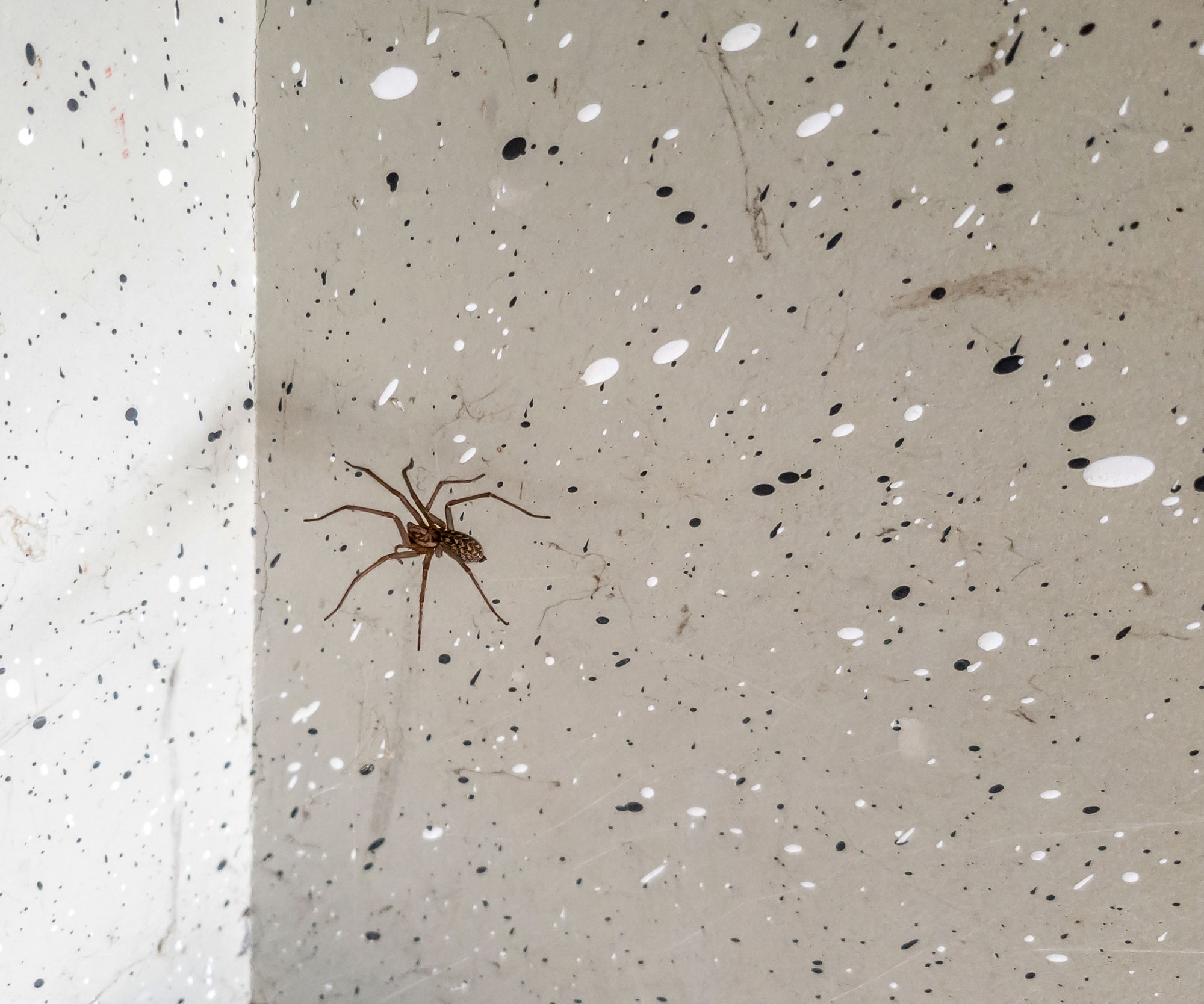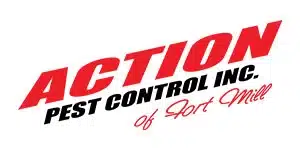Spider Identification
Proudly Serving South Carolina | North Carolina | Georgia | Florida

Seeing a spider run across your floor can make almost anyone jump, even though most spiders are harmless besides the occasional fright. There are some spiders whose bites present a real danger to those who are bitten though. With approximately 1,000 different types of spiders living in the United States, it can be difficult to identify what type of spider you have around your home. The expert technicians at Rocket Pest are happy to help with identifying any spiders you may have in your home.
Start With A Quote On Us
Click below to contact Rocket Pest for a FREE pest control quote.
What Do Spiders Look Like?
Spiders come in a variety of sizes and colors and while many are not harmful, some spider bites can lead to large wounds and hospitalization. Even though a specific type of spider might be hard to identify, it is easy to know if you are looking at a spider or another type of insect. All spiders have these unique characteristics:
- 2 body segments
- 8 legs
- 6-8 eyes
- Fangs
- Venomous
- Spinneret glands to produce silk
Although every spider carries venom, many are not able to harm humans. There are a few reasons they cannot harm people such as their fangs are too small, their venom is not poisonous to humans or they do not inject enough venom to cause a reaction. Even though some are harmless, bites from spiders like the brown recluse and black widow may lead to a visit to the hospital.
Types of Spider Webs
Most spiders have spinneret glands in the tip of their abdomen that make different types of silk strings. With these specialized kinds of silk strings, a spider can create webs, a safety line to fall from high spots or encase their prey. Seeing the traditional spiral patterned spider webs is the most recognized calling sign of a spider but there are actually four common types of webs you might find around your home:
- Orb: An orb web is what most people think of when discussing spider webs. It has spokes with an inner spiral pattern and can usually be found strung between two objects. These webs are usually made with sticky silk to trap a spider’s prey.
- Funnel: Funnel webs, as their name implies are funnel-shaped webs. Spiders that create funnel webs will retreat to the inside of the tunnel waiting for prey to become ensnared in the wide mouth of the web and then rush out to capture the prey. Funnel webs are usually found in sheltered areas or holes in the ground.
- Sheet: Sheet webs are small, usually flat webs. They are not sticky like orb webs but use a system of tangled silk thread to trap prey.
- Tangle: Tangle webs are what people normally call cobwebs found in the corners of their homes. They are a tangled-looking mess of silk threads that are used to trap prey. These webs can be often found in bushes, near the ground, or in the corners of your home.
Getting Help with Spiders
No one likes to see a spider crawling across their floors or walls and identifying these fast-moving creatures can be difficult. Spiders can range from harmless to poisonous to humans making it important to know what type of spider you have in your home. The experts at Rocket Pest are trained to identify and eliminate any type of spider you might find in your home. Give us a call at 864-232-2406 today for expert advice and a free quote to eliminate spiders from your home!
Back to Spider Control



